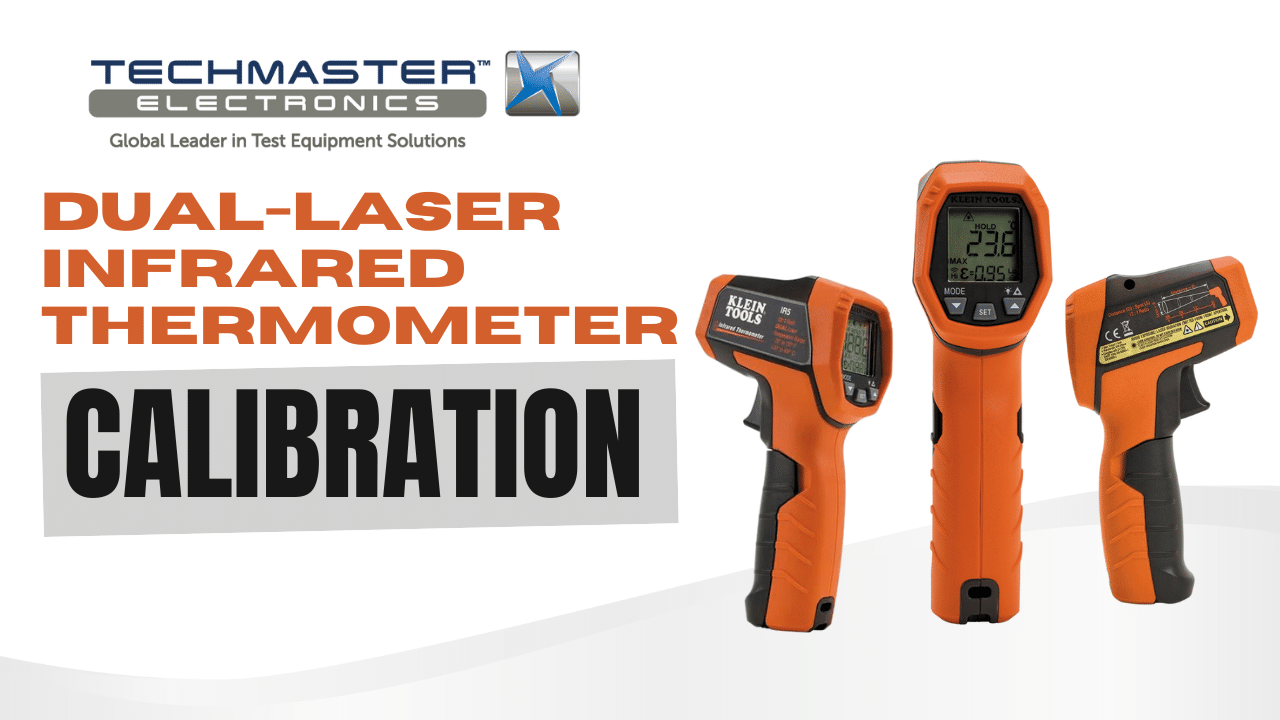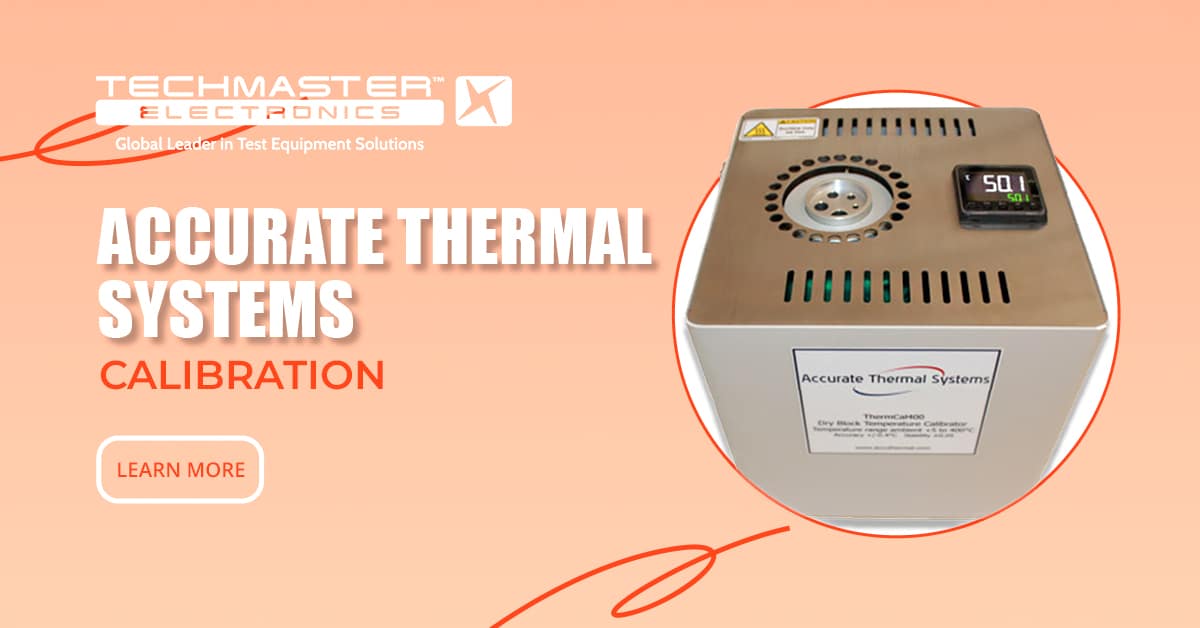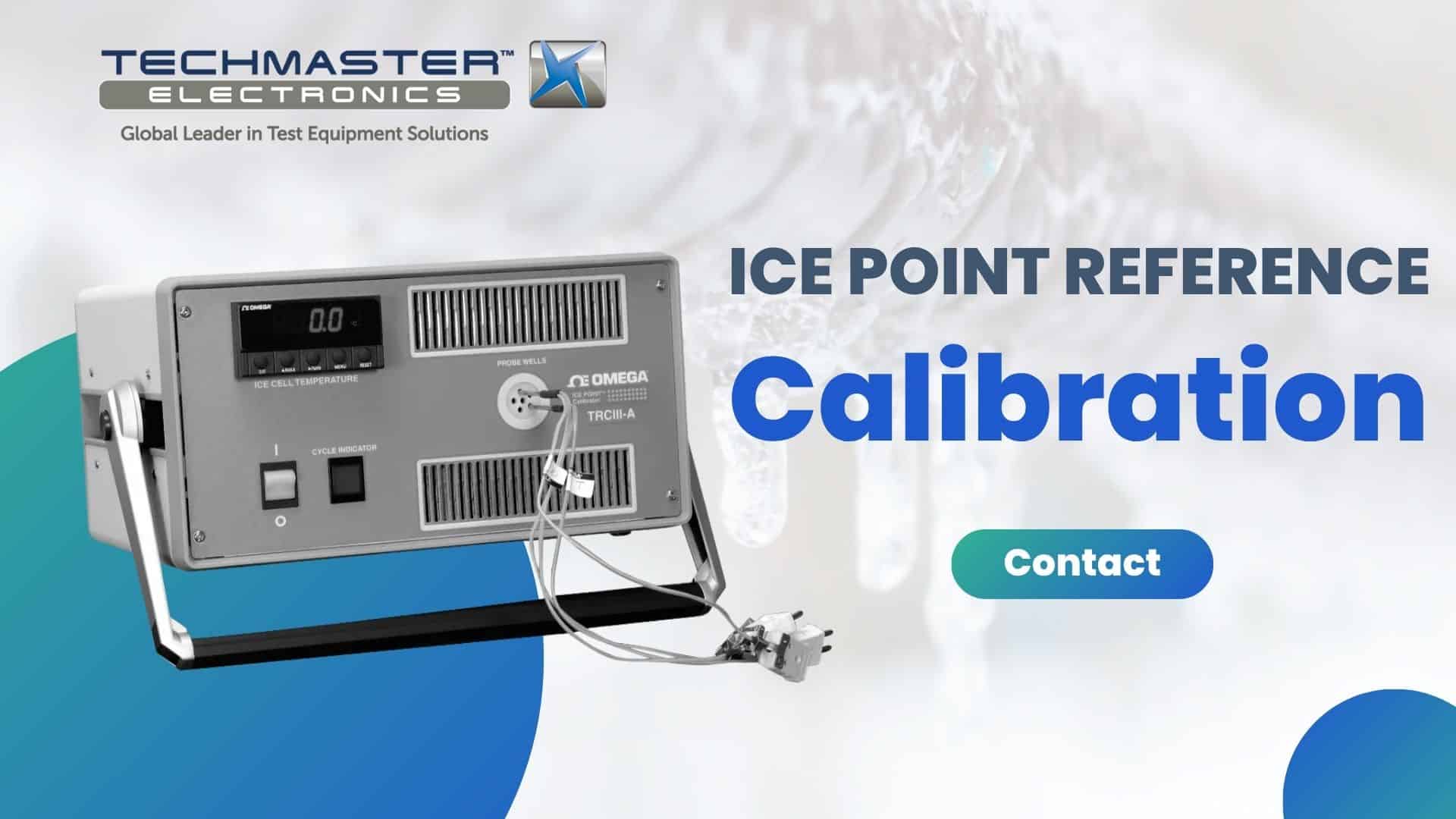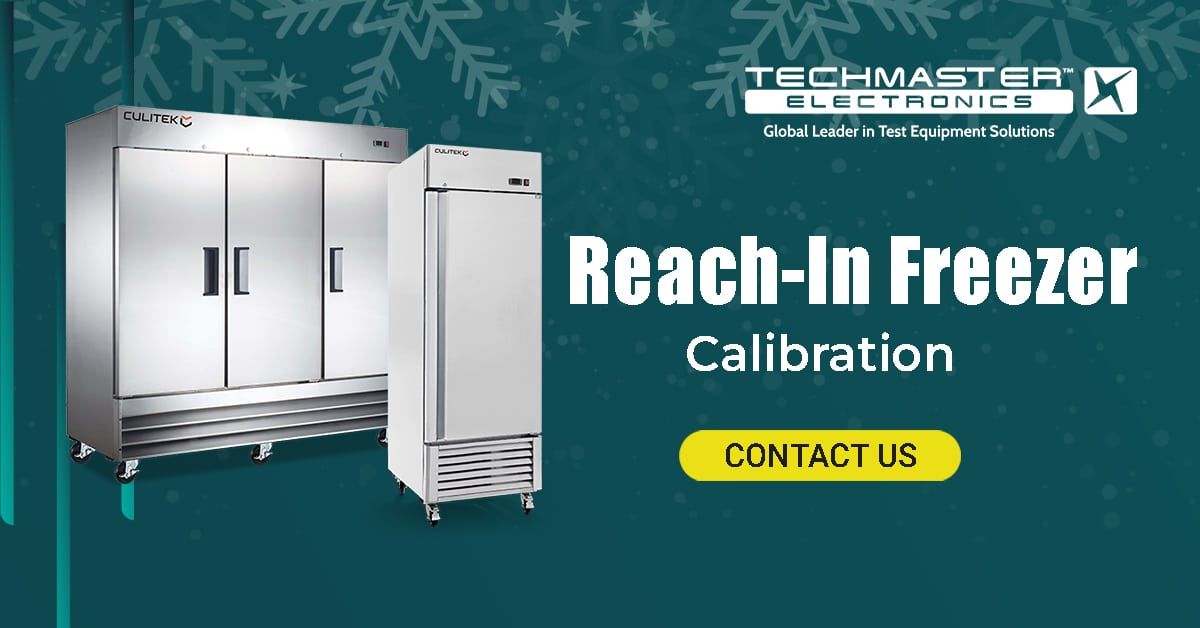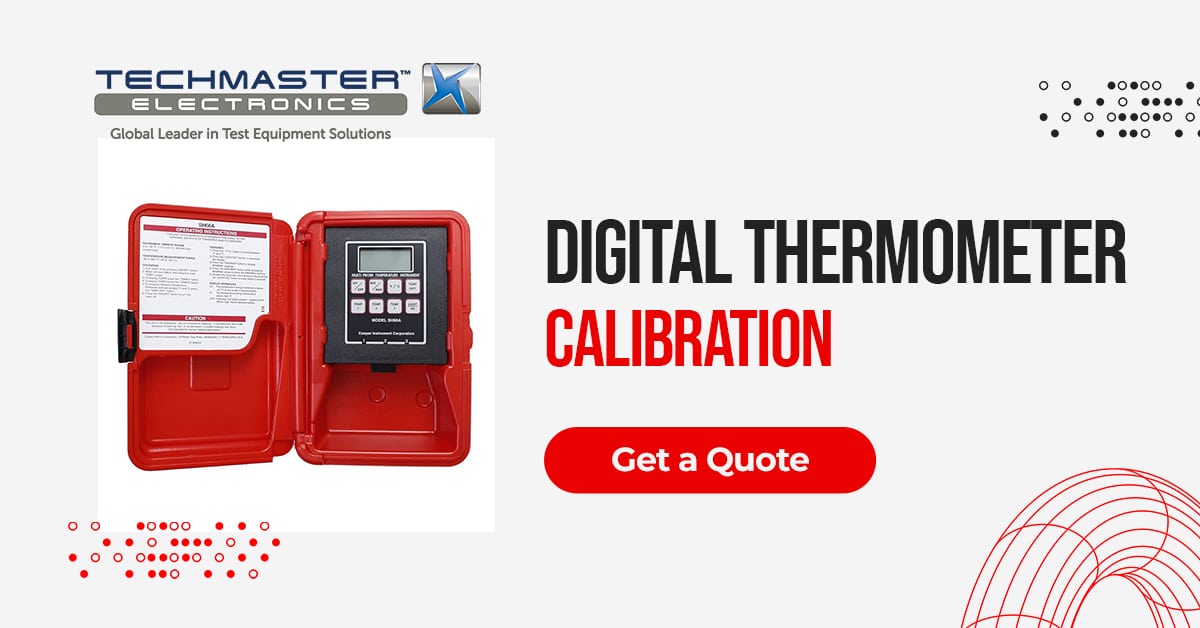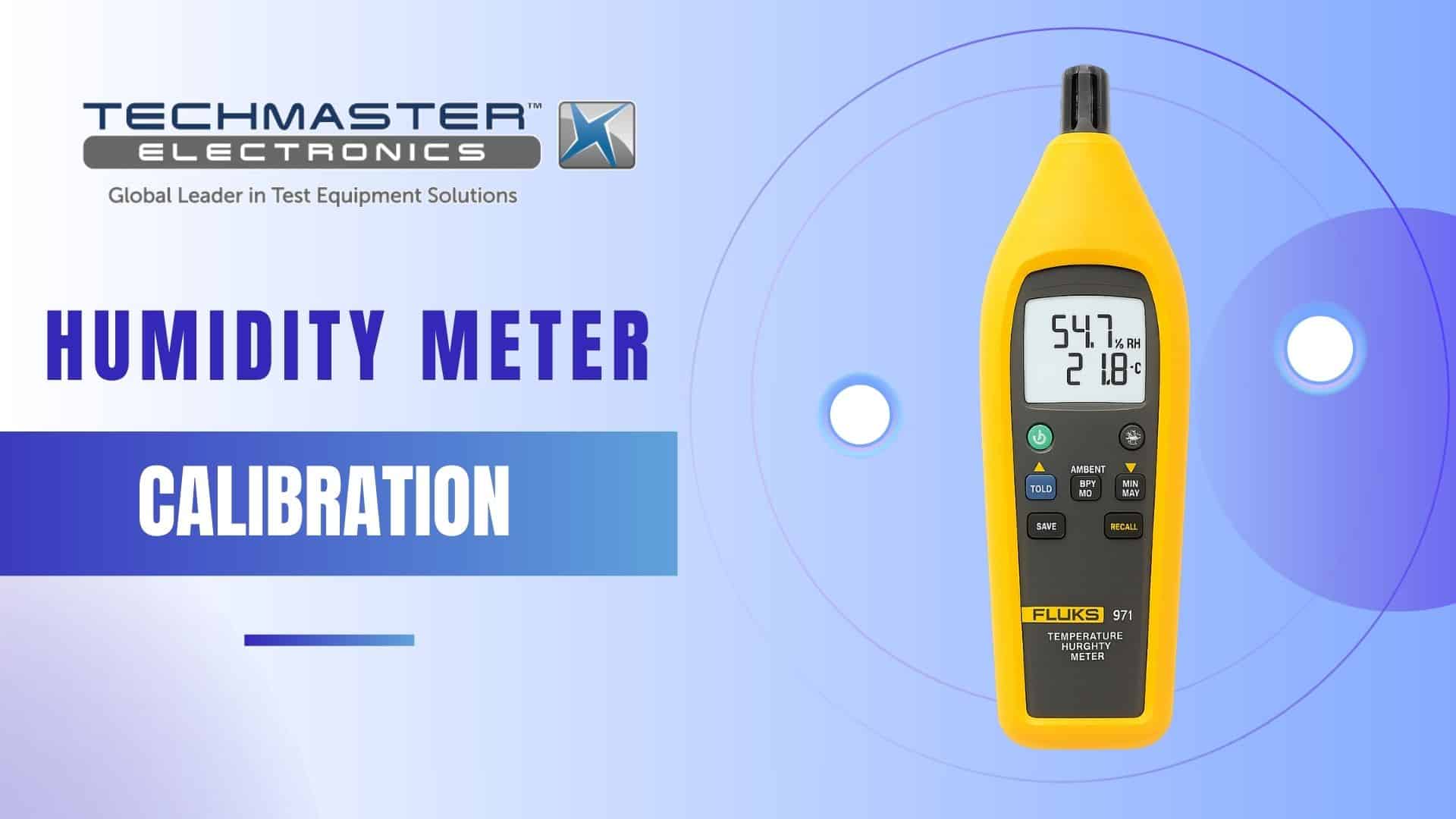Industrial Temperature and Pressure Calibration Methods: Ensuring Operational Accuracy
In today’s industrial landscape, precision proves vital. Therefore, accurately measuring and controlling temperature and pressure plays an extremely crucial role. Whether producing pharmaceuticals, chemicals, and food or operating power plants, oil and gas facilities, and complex automation systems, even the smallest measurement error can lead to severe consequences. These include reduced product quality, wasted energy, equipment damage, or even disastrous industrial accidents. Consequently, temperature calibration and pressure calibration become essential processes. They ensure all measuring instruments operate with the highest reliability and accuracy.
This article will explore the most common and effective calibration methods for both temperature and pressure in industrial settings. It aims to help businesses better understand their importance and how to apply these methods to optimize their production and operational processes.

The Importance of Temperature and Pressure Calibration in Industry
Calibration functions as more than just a technical requirement; it serves as a fundamental risk management and quality assurance strategy.
- Ensuring Product Quality: In many industries, temperature and pressure represent highly sensitive process parameters. Accurate calibration helps maintain optimal conditions. As a result, it ensures the final product achieves the desired quality and complies with relevant standards.
- Enhancing Operational Safety: Incorrect pressure measurements can lead to system overloads or pipeline explosions. Similarly, temperature inaccuracies can cause fires, explosions, or material damage. Therefore, consistent calibration actively prevents these dangerous incidents.
- Optimizing Performance: Precisely calibrated equipment operates more efficiently. This minimizes energy and raw material waste, subsequently reducing operating costs.
- Ensuring Regulatory Compliance: Many industries, such as pharmaceuticals, food, oil & gas, and energy, face strict oversight from international standards and regulations (e.g., ISO, ASTM, API, FDA, GxP). For this reason, regular industrial calibration is mandatory to maintain certifications and avoid penalties.
- Extending Equipment Lifespan: Calibration helps detect instrument issues early. This allows for timely maintenance or repairs, effectively extending the equipment’s operational life.
Common Industrial Temperature Calibration Methods
Temperature calibration involves comparing the temperature value an instrument displays with a known standard’s value. Primarily, industries employ two main methods:
-
Fixed-Point Calibration:
- Description: This method provides the highest accuracy in calibration. It uses the phase transition points of pure substances, such as the triple point of water, the melting point of gallium, or the freezing point of zinc. At these specific points, temperature serves as a highly precise physical constant.
- Application: National metrology laboratories or high-level calibration laboratories primarily use this method. They apply it to calibrate primary standard thermometers, like Standard Platinum Resistance Thermometers (SPRTs), or to establish secondary standards.
- Advantages: This method offers extremely high accuracy and the lowest measurement uncertainty.
- Disadvantages: It requires specialized equipment, incurs high costs, involves complex procedures, and is not suitable for field calibration.
-
Comparison Calibration:
- Description: This method proves most common in industrial settings. Technicians place the instrument under calibration and a reference thermometer (already calibrated to a fixed point or a higher standard) together in a stable temperature environment. This environment could be a liquid bath, a dry block calibrator, or a furnace. Next, they compare the instrument’s measured value with the reference thermometer’s value at various temperature points.
- Types of Stable Temperature Environments:
- Liquid Baths: These systems use liquids like water, oil, or silicone to create a uniform temperature environment. They are suitable for temperature ranges from -80°C to 300°C.
- Dry Block Calibrators: These convenient and portable devices employ heated metal blocks. They function effectively across a wide temperature range, typically from -40°C to 1200°C, depending on the specific model.
- Furnaces: These systems utilize heated air or inert gas. They prove suitable for very high temperatures, often reaching 1500°C or more.
- Application: Industries commonly use this method to calibrate various industrial temperature sensors, including thermocouples, RTDs (Resistance Temperature Detectors), thermistors, and infrared thermometers.
- Advantages: This method offers flexibility, lower costs, and technicians can perform it in the field. Furthermore, it suits many sensor types.
- Disadvantages: Its accuracy depends heavily on the reference thermometer and the uniformity of the temperature environment.
Common Industrial Pressure Calibration Methods
Pressure calibration involves verifying and adjusting pressure measuring instruments. The goal is to ensure they display accurate pressure values when compared to a known standard.
-
Calibration Using Pressure Generators:
- Description: This method employs dedicated pressure generating devices to produce a precisely defined standard pressure value.
- Piston-Cylinder Deadweight Testers: These instruments represent the highest accuracy standard for pressure calibration. Users place a known weight on a piston with a defined cross-sectional area, which then generates a standard pressure. They connect the instrument under calibration to this system.
- Advantages: Deadweight testers offer extremely high accuracy, stability, and reliability.
- Disadvantages: They are bulky, expensive, require skilled operation, and are not ideal for field use.
- Pneumatic/Hydraulic Pressure Calibrators: These systems use pumps to generate pneumatic pressure (for low to medium pressures) or hydraulic fluid pressure (for high pressures). A reference standard, such as a digital pressure calibrator or a piston gauge, reads the generated pressure.
- Advantages: These calibrators are more convenient than deadweight testers. Moreover, they suit various pressure ranges, and some models offer portability.
- Disadvantages: Their accuracy is lower compared to deadweight testers.
-
Comparison Calibration Using Reference Pressure Gauges:
- Description: Technicians connect the instrument under calibration (e.g., a pressure gauge or a pressure sensor) in parallel with a calibrated reference pressure gauge to the same pressure source. They then gradually increase or decrease the pressure. Finally, they compare the reading of the instrument under calibration to the value of the reference gauge at different points.
- Types of Reference Standards:
- Digital Pressure Gauges/Calibrators: These offer high accuracy, easy readability, and frequently include data logging functions.
- Analog Pressure Gauges: Professionals use these when extremely high accuracy is not a primary requirement or in certain specific applications.
- Application: This method is suitable for calibrating various devices, including pressure gauges, pressure sensors, pressure transmitters, and pressure switches.
- Advantages: It is simple, fast, and technicians can perform it in the field using portable equipment.
- Disadvantages: Its accuracy depends on both the reference standard and the stability of the pressure source.
The Importance of Calibration Competence and Traceability
Regardless of the method applied, ensuring the accuracy of industrial temperature calibration and pressure calibration processes critically depends on several key factors:
- Reference Standards: These must possess an accuracy at least four times higher than the instrument being calibrated. A 4:1 ratio represents a common recommendation.
- Technicians: Personnel must demonstrate competence, thorough training, and experience in calibration procedures.
- Calibration Environment: The environment itself must maintain stability regarding temperature, humidity, and vibration.
- Traceability: Every calibration result must be traceable back to national and international measurement standards (e.g., NIST, PTB, NPL). This ensures its validity and reliability.
-

On-site NIST certification
Conclusion
Industrial temperature and pressure calibration methods form the cornerstone for ensuring the accuracy of critical processes. The choice of the appropriate method ultimately depends on specific requirements for accuracy, measurement range, cost, and portability. By implementing stringent calibration procedures and adhering to established standards, businesses not only safeguard product quality and employee safety but also optimize operational efficiency and strengthen their competitive position in the market. Ultimately, investing in calibration means investing in precision, safety, and sustainable success.



